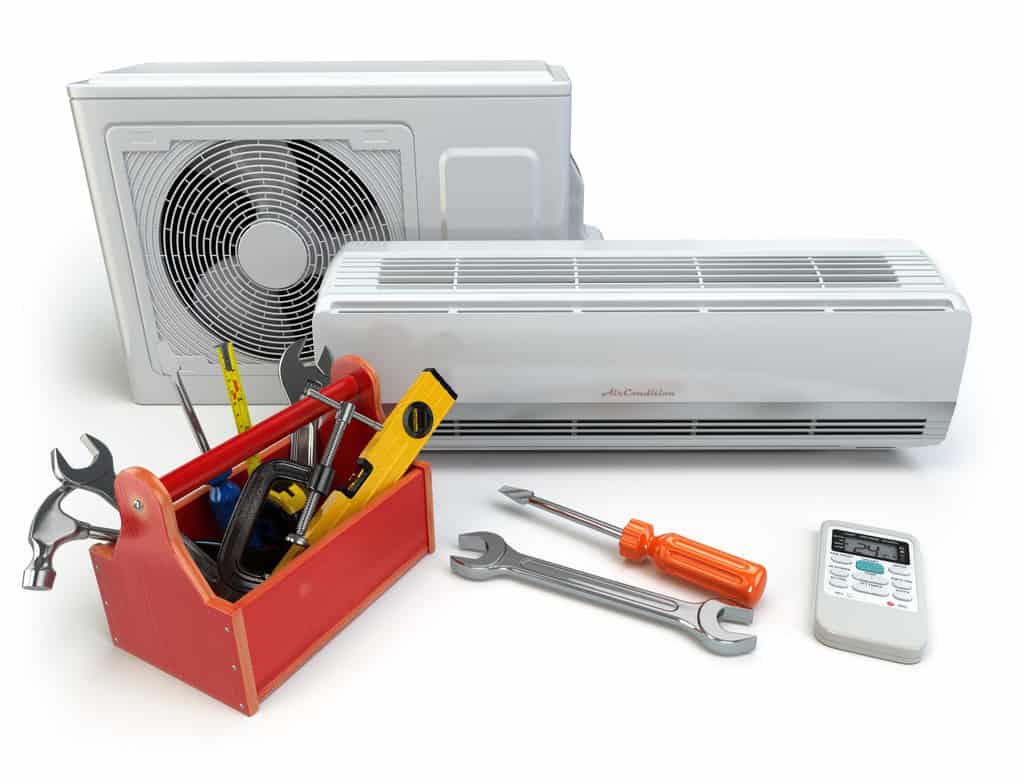How to Source Genuine Parts for DIY AC Repairs
Share
Table of Contents
Doing your own AC repairs can save you a lot of money—but only if you use genuine parts. Replacing damaged components with low-quality or counterfeit alternatives can do more harm than good. If you’re in the Philippines and planning to repair your own split-type or window-type aircon, this guide will help you find reliable sources for authentic parts, avoid scams, and make smarter buying decisions.
Why Using Genuine AC Parts Matters
Air conditioners are complex systems. One faulty capacitor or fake sensor can cause power failures, short cycling, poor cooling, or even compressor burnout. Using authentic parts ensures:
- Compatibility with your specific unit
- Longer lifespan of your AC system
- Manufacturer-backed performance and safety
- Lower risk of voiding warranty (if still applicable)
Generic or knock-off parts may work temporarily, but they often fail prematurely and can lead to costly damage over time.
What Are the Most Common AC Parts Replaced in DIY Repairs?

Before searching for parts, it helps to know which components commonly fail:
- Capacitors: Control voltage and help start the compressor and fan motor
- Thermistors and sensors: Monitor temperature and airflow
- Fan motors: Regulate indoor and outdoor airflow
- Control boards (PCB): The “brain” of the AC; very model-specific
- Compressor relays: Manage compressor power cycles
- Remote controls and displays: Often damaged or lost
- Filters and drain pans: Easier to source, but worth replacing regularly
Make sure to check the model number of your AC unit before shopping—part numbers are usually brand- and unit-specific.
Where to Buy Genuine Aircon Parts in the Philippines
Authorized Brand Service Centers
The safest source for authentic parts is the official service center of your AC brand. Many major manufacturers like LG, Panasonic, Daikin, Samsung, and Carrier have authorized repair hubs and accredited third-party service providers.
- Look for DTI-registered dealers or those listed on the brand’s official website
- Call ahead to confirm part availability
- Ask for receipts and warranty documentation
Reliable Appliance Parts Stores
Well-established HVAC and appliance parts shops in Metro Manila and provincial cities often stock OEM (Original Equipment Manufacturer) parts. Look for stores like:
- Colent Marketing (HVAC tools and parts supplier)
- CEBU Appliance Center
- Rosario Trading (Manila-based)
These shops are often listed on Lazada or Shopee but also have their own storefronts.
Lazada & Shopee (With Caution)
While e-commerce platforms are convenient, they’re also rife with counterfeits. If buying from Lazada or Shopee:
- Choose “Mall” or “Preferred” sellers only
- Check ratings, reviews, and the number of units sold
- Look for uploaded photos of actual parts, including serial numbers
- Prioritize listings that offer return/refund policies and warranties
Facebook Marketplace & Groups
Some HVAC technicians and resellers post parts on Facebook Marketplace, especially in metro areas like QC, Cebu, and Davao. Join DIY repair or appliance parts groups to connect directly with sellers. Always meet in public places or opt for cash-on-delivery (COD) for safety.
How to Identify a Genuine AC Part
Here are quick ways to verify authenticity:
- Cross-check the part number on the brand’s website or repair manual
- Check for manufacturer logos, QR codes, or holographic labels
- Compare with photos of the original part you’re replacing
- Ask for a warranty slip or certificate of authenticity
- Be skeptical of prices that seem “too good to be true”
What If the Part Isn’t Available Locally?
Some parts for older units or imported models may not be stocked in local stores. In this case:
- Use freight forwarding services like ShippingCart or BuyandShip for smoother handling
- Ask local sellers if they do special orders from Singapore, Hong Kong, or China
- Consider ordering from Alibaba, AliExpress, or eBay, but expect longer shipping times and customs processing
Tips Before Buying Your Part

- Bring the old part or a clear photo of it when visiting physical stores
- Know your exact aircon model number (check the sticker on the side panel)
- Ask if the part is new, refurbished, or surplus
- Get a return policy in writing, especially if buying from lesser-known sources
- For electrical components, ask if they’ve been tested prior to sale
Should You Buy Surplus or Refurbished AC Parts?
Surplus or reconditioned parts can be cheaper and still work well, especially for older units. However:
- Avoid parts with exposed wiring, rust, or solder damage
- Test them immediately after installation
- Don’t use them for critical parts like control boards or sensors, unless you’re sure of their condition
Buy Smart, Repair Safer
DIY AC repairs can be empowering and budget-friendly—but only when done with the right tools and the right parts. If you’re based in the Philippines, you now have a variety of reliable channels to source genuine aircon parts, both online and in-store.
Double-check what you’re buying, don’t compromise on quality, and when in doubt, ask a local technician for advice. A few extra pesos spent on authentic parts today can save you thousands in repair bills later on.
